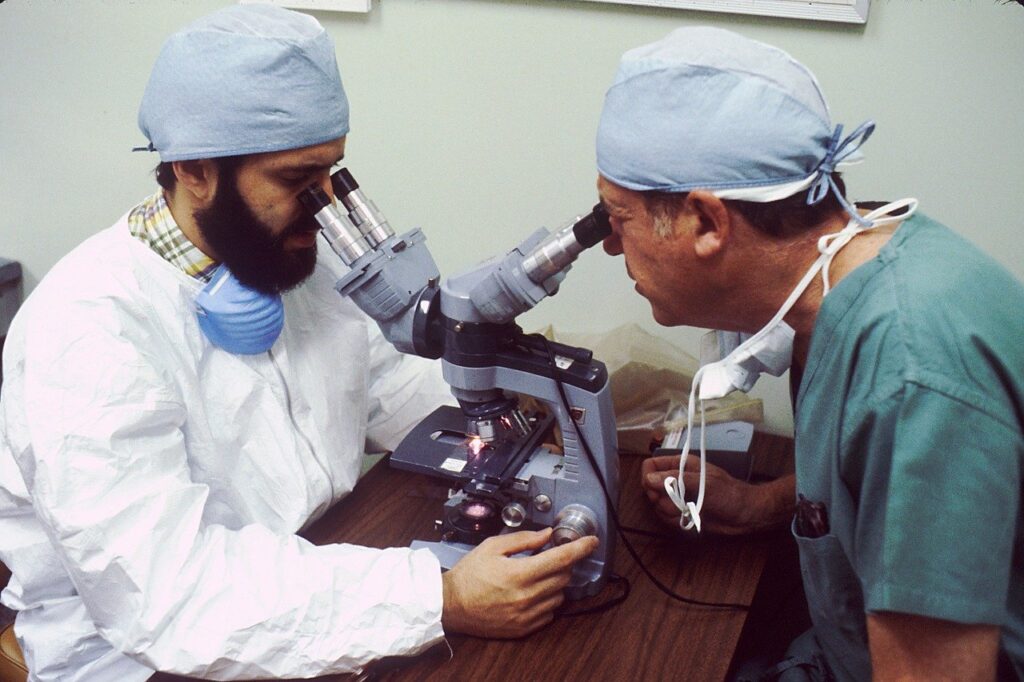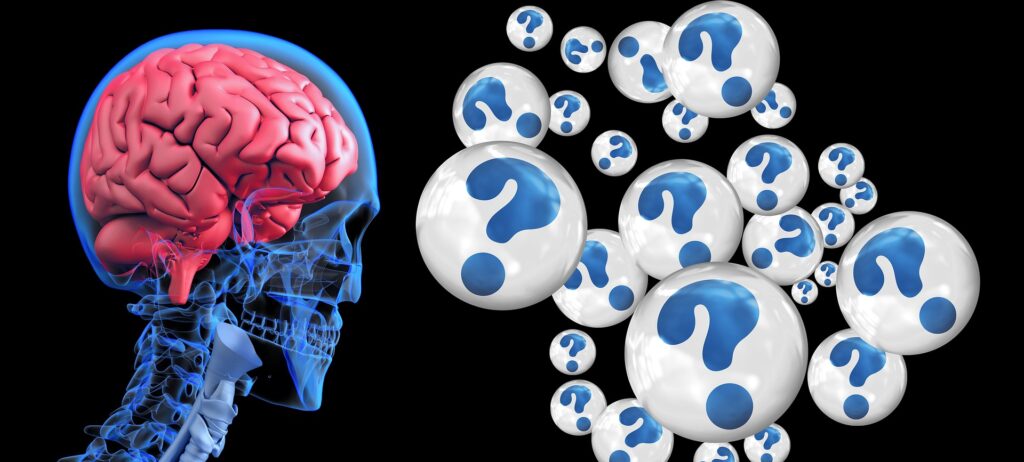Personalised medicine and dynamic research model
– The PANDIS Hub
PANDIS - Pan - Greek meaning all; dis – representing disease
Personalised medicine and dynamic research model – the hub
Australian and global perspective
PANDIS is an Australian-led initiative of 15 scientific collaborations across five countries incorporating cross and multi-disciplinary research and clinical teams using patented metagenomics and metabolomic technologies, microbe bioinformatics, biomarker discovery and gold standard biobank.
Initiated in response to the 2016 Australian Senate Inquiry into the growing evidence of tick-borne diseases, an exciting collaborative research team investigating microbes called PANDIS was established. Using evidence-based innovative technologies that detect RNA fragments in samples, it signals a major shift from traditional testing methods.
Protocols
Not all metascriptomics technologies are equal and not everyone who has the top technologies holds detailed knowledge to be comprehensive in their protocol design and factor in barriers to success.
To design the protocols requires a deep understanding of both the patient and how microbes behave and survive.
Key to our patient cohort design are the protocol designs that demonstrate a deep understanding of both the whole of patient and how microbes behave, adapt and survive in its host.
Each disease working group collaborates to designs data points, using bioinformatics to sort pathogenic from productive microbes, and anaerobic from aerobic microbial weightings.
We are most interested in over populated or under expressed microbes, indicating imbalance, which has a cascading impact on the patient, and, new discoveries.
We also overlay data for example, with microbial nutrient sources and a patients’ nutrient profile, to gain an in-depth profile of a patient’s microbiome – throughout the body – including brain, gut, organs, blood, central nervous system, stool and spinal fluid.
There are known pathogens that we are also looking out for, and are mindful of synergetic relationships between biofilm, virus, bacteria, fungus and parasites.
Research Strategic Overview
The key research arms of the PANDIS personalised medicine model are:
Phase 1 – Patients: To identify environmental pathogens in Australian patients
- World class ‘Omics’ technologies - precision identification of microbes, biome and lipids.
- Southern hemisphere microbe biobank.
- Biomarker discovery lab.
- Bioinformatics – adaptive data sets.
- 15 + cross and multi-disciplinary scientific research teams (includes immunology, inflammation, infection, mitochondria, biome and specific microbe research).
- Environmental pathogen mapping and geographical heat maps of vectors.
- Screening of effective, innovative and repurposed treatment.
- Practical application in clinic – protocol design; robust diagnostic and treatment pathways including Dr Richard Horowitz’s 18-point MSIDS model.
- Inform policy, protocols and education.
Phase 2 – Vectors: Identification of pathogenic microbes in vectors
- Citizen science tick and other vector samples and biobank storage.
- Omics’ technologies for vectors - precision identification of microbes, biome and lipids in vectors.
- Continued environmental mapping and geographical heat maps of local and native microbes in water, air, soil, built environments and zoonotic ecologies.
- Correlated data overlaying environmental pathogenic microbial populations to chronic diseases in local regions.
- Inform policy, protocols and stakeholder education.

Research findings
The PANDIS scientific team are regularly cited by peers for their research findings in microbes, inflammation and chronic disease. Research findings are published in the research library.
Scientific Advisory Committee
Learn more about the members of the Scientific Advisory Committee

